Product Review: The Reluctant Partisan
Nathan Wagar
One of the things that we strive for with Borderland is advocating people and products that may not be as well known to the mainstream, but have far superior value. An unfortunate reality of any industry is that the best marketing wins the day, and the customer may or may not be getting what he needs.
In areas of protection, survival, and general combat readiness, this isn’t good enough. I am pleased to say that the book “The Reluctant Partisan” by John Mosby, part of a current and continuing series, not only does not have this failing, but it serves as a slap in the face to that entire phenomenon.
It has no frills, no niceties, plenty that may make you uncomfortable, and I can also say without equivocation that I think this should have been the Bible to replace the Ranger Handbook when I served overseas. That’s probably the highest praise I can give it, and every bit of it is warranted. This is what I wish I had had as a private deployed to combat, and if it were up to me it would be in every single PX across the States.
Initial Condition
The book is self published, so the softcover is plain white with black text, and no illustrations. The binding is fairly standard for being self-published, but is sturdy enough to carry around in a rucksack without it falling apart on you. On the inside, he personally signed my copy, and I appreciate small things like that.
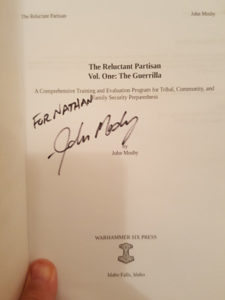
Swoon.
Structure
The book lays out John Mosby’s unique perspective and reasoning behind writing it in the introduction, before diving right into the material. He is approaching this from the perspective of not just a former soldier having served in various special operations groups, but also someone with advanced degrees in history, and this does give his writing a unique flavor that I also believe sets it apart from seemingly similar authors.
It is designed much like a military manual, in that it is actually meant to be used, and to outline training programs that it actually expects you to do. The broad structure moves from inside outward; so in the first couple chapters he covers the general purpose and mission statement of the book and physical strength and conditioning, before moving to combatives and basic rifle marksmanship techniques.
Next are individual skills like Tactical Combat Casualty Care, camouflage and movement, land navigation and buddy movement; before moving to battle drills, patrolling, defensive effort, evasion, and finally patrol planning.
At the end are four appendices discussing topics such as load carrying methods and gear, his blunt advice on various tactical gear topics like caliber size and optics, a stringent, detailed plan for various types of training, complete with his own recommended task, conditions and standards, and some old school “hacks” like the type you would find in the old Ranger Digest series of pamphlets.
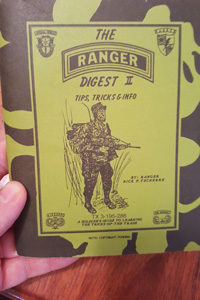
You Know You Tried to Collect Them All. And You Know You Never Found Them Either.
My Thoughts
There really is too much I could say, so instead of going chapter by chapter I will just remark on things as they come to me. The first thing to realize is that this book is dense. It is well organized to deliver information, but make no mistake that this book is about delivering information, and there is a lot of it. To be frank, having spoken often with the author I don’t know how he even manages to write so fast about so much.
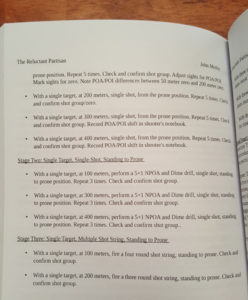
On the one hand, he doesn’t go too in-depth on any one topic, but on the other it would be a mistake to think of this as a superficial “highlight reel.” He has picked the main aspects of the most important skills for your immediate training, and at the end of every single chapter he lists further recommended reading resources. This book is for a lifestyle, and he states as much outright in the introduction.
Speaking of the introduction, it sets the tone for the rest of the book like a kick in the nuts. You will either love or hate him and his writing style, and I am sure he is fine with either one as long as you bought the book first. If you have a problem with the word “fuck,” then this isn’t the book for you. But if you ever find yourself in a situation where nice language is the least of your problems, you will wish you had overlooked his mastery of French.
Knowing the type of audience his material tends to attract, as well as criticisms against him, I will point out that he is absolutely not in the same category as a doomsday prepper or other hard right wing paramilitary type. He is quite apolitical, and he is coming at this from the angle of protecting you and yours regardless of the situation, while at the same time about being under no illusions of what people are like when the lights go off.
What really drives this point home, and what I think not enough people take into account, is the role that his knowledge of history as well as his special forces experience play in his outlook. Historically, every society collapses according to a broadly predictable pattern, and this has been known and mapped out in academic circles by various thinkers.
Further, he has the more immediate knowledge gleaned from his military experience, and seeing just how quickly a functioning society can devolve into a failed State. Most people don’t realize how little it takes, how fast it happens, and how sharply outlined the food chain becomes when it does.
This does, and should, color his views, and I would actually argue that his outlook is positively necessary for the average person, even more so if they have very little experience outside of the typical middle class lifestyle. His personal views do come forth in the book in the sense that he is utterly uninterested in anything regarding politics or country except his immediate tribe, and this manual is the Bible for how to make sure that your tribe is self sufficient when nobody is coming to help.
A con that some people may not like is that there is a noticeable lack of diagrams for a training book. He uses them only when absolutely necessary, with the bulk of his content being focused on text; and the diagrams that he does use are frequently from other sources such as military manuals. In conversation he explained that this was a deliberate decision to focus on the material, I am assuming to put it directly into action as opposed to hanging out in the living room reading the book. I like pictures, but hey. It’s not my book.
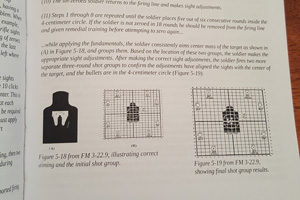
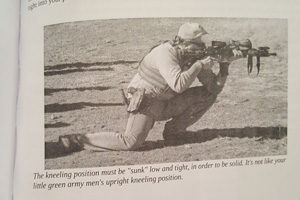
That being said, this book is surprisingly readable. The very aspect about it that may offend people is also what makes it so easy to breeze through. For those that have served in the military, the vibe is very much like having an NCO lovingly walk you through your battle drills while loudly telling you what he thinks of your store bought rifle optic in the process. I think it’s awesome, but opinions may vary.
The material is fantastic, with no fluff. He covers all the things I needed to know back as a private, as well as all the things I didn’t need to know but thought I did. I appreciated that he stressed the combat proven fundamentals but wasn’t shy about pointing out better ways that he had learned in his own experience, and continually interacted with contemporary methods being taught in the civilian and military world.
He doesn’t just reference the Army physical fitness manual; he references the different versions in 1946, 1957 and 1992, explains the differences and rationale between them and which meets your needs, before moving on to a succinct explanation of energy systems for strength and conditioning.
This effortless interweaving of various sources as he illustrates his point highlights that this book really is like getting to sit with the crusty combat vet in your platoon outside the barracks, while he drinks a beer and teaches you from a wealth of experience. Nothing he spoke of rung false, and even if I or others have preferred ways of doing things, you will be forced to examine your assumptions and deal with his reasoning. I can’t even count the number of things he covers that I had to learn the hard way, sometimes at a high cost.
The book is rooted in the real world; it is not meant to be for tactical cosplaying and it takes seriously its intended audience. He discusses small things like having women and children in your group, training plans that take into account religious obligations such as not working on Sunday, dealing with lack of motivation or attendance with your training group, or even which patrol formations to use when dealing with various levels of experience.
As a coach myself, it is easy to recognize these little details that only come from a wealth of teaching experience and how each bit of his material can be adapted to anyone, and it is very impressive to read.
My standout favorite sections of the book were regarding his little nuances on weapon handling and battle drills; you can know the military manuals inside and out and there will be something new that you will pick up from reading his perspective. You would be a fool to skip even the appendices at the end.
The section on load carrying is priceless; he covers how to carry weight, carrying weight in different contexts, how to adapt the load according to ability, the different styles of load for different mission types, the different load carrying gear available, and the list goes on. For someone that was so spectacularly shitty at ruck marching myself when I was in, I would have given my left nut just for the appendix.
There is a lot more I could say but this review is already long as it is. To sum up:
Cons: Language, sparse design, a handful of minor typos, and his writing and topic may not be your cup of tea. Also, every page at the top has the title of the book but not a chapter heading, so if you’re like me and always losing your spot, it may take awhile to find your page again. The price seems high (incorrectly) for a book that at first glance (also incorrectly) may seem similar to others that are far cheaper. Don’t be cheap about this one.
Pros: Buy it. Seriously.
The last I talked with the author, he mentioned that he was thinking about phasing his books out. If he does intend to do that, you need to get a copy now. You won’t find another book quite like it, and I’m not giving you mine.
Purchase Link:


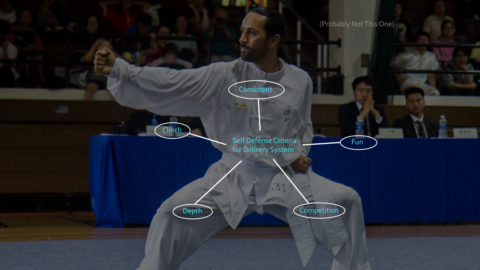

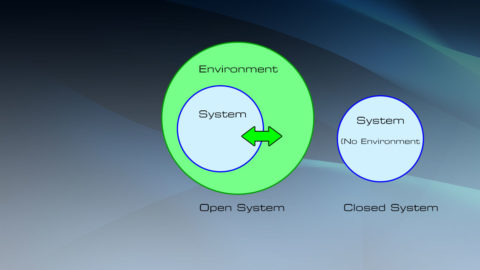
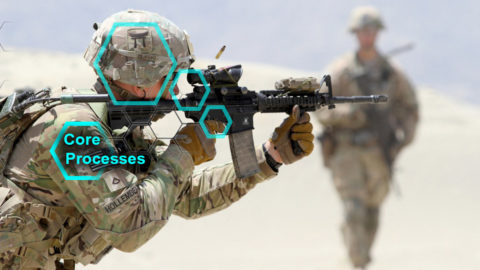

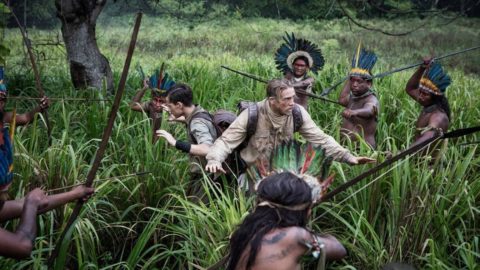
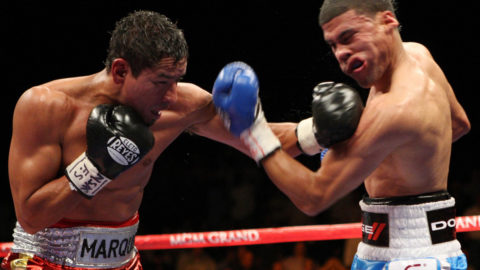
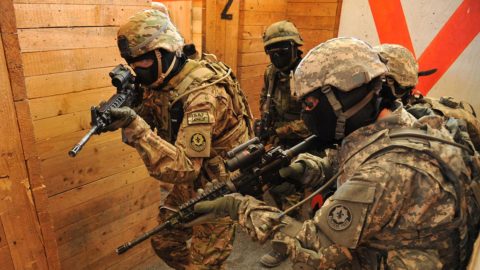
 Rob Brotzman
Rob Brotzman  Nathan Wagar
Nathan Wagar